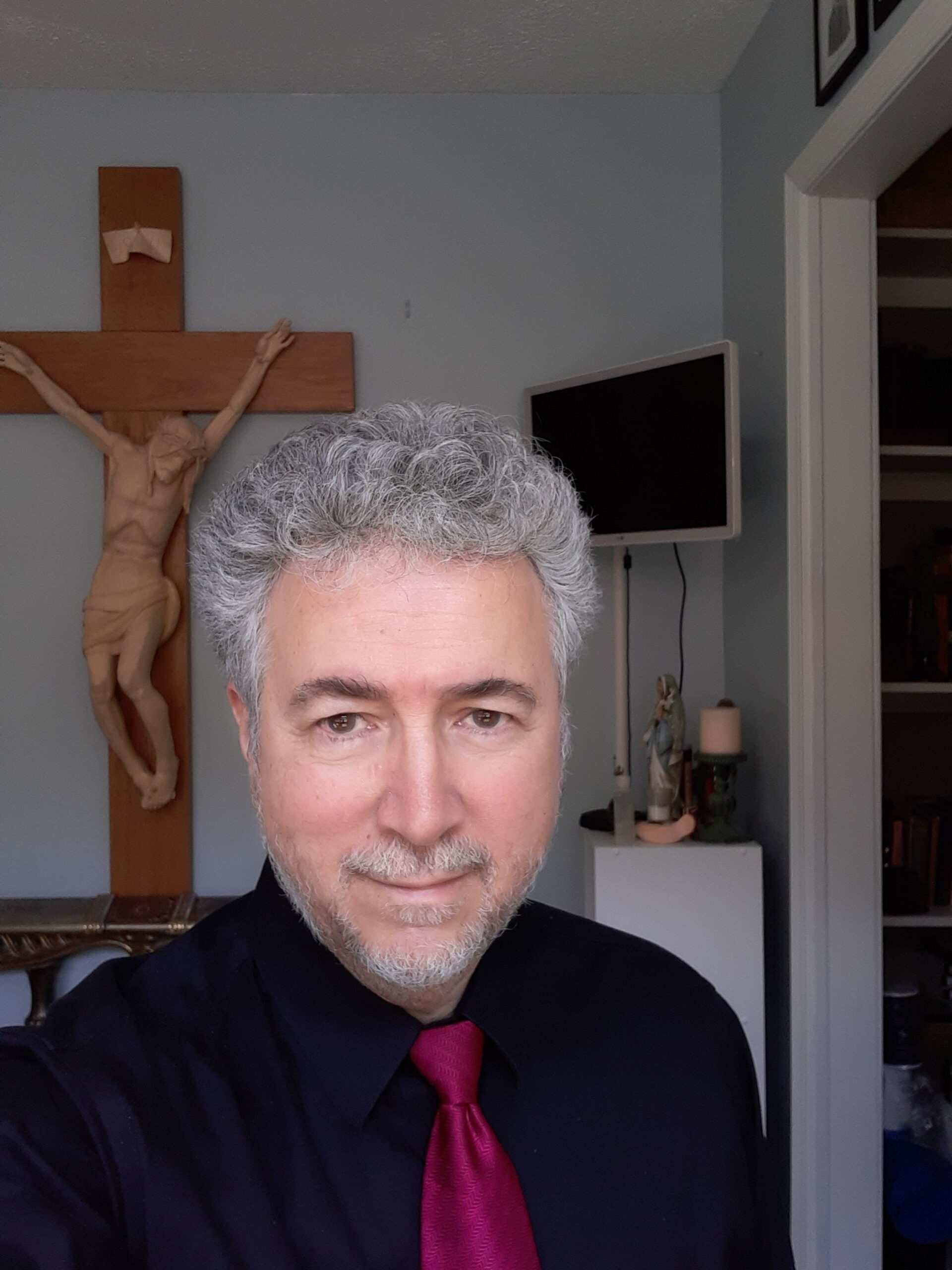Human beings have a tendency to personify, even deify animals, objects, and natural forces. We see this in ancient polytheism, modern cartoons, and the contemporary naming of hurricanes.
Ancient religions based in panthesism and polythesism embraced this tendency. Polytheism, which directs humanity’s strong penchant for personifying the forces of the universe into many ‘gods’, is a splintered, individualized form of pantheism, which sees creation itself as a deity. Yet, when challenged by reason or modern science, polytheism and pantheism often fold, giving way to either Monotheism or atheism. Why?
When challenged, this human tendency to personalize and deify things leads to two different roads: that of atheism, where the argument is made that overcoming the need for “gods” proves there is no God; and Monotheism, which argues that the secondary causes bringing about the physical phenomena we experience find their ultimate Source in a first, uncaused Cause that is distinct from, and transcendent of, creation.
This is why advanced societies, despite humanity’s strong tendency to personify and/or deify the things of creation, are mostly comprised of monotheists and atheists. Most people in the Western world choose one or the other, depending on the orientation of one’s heart that directs one’s will, This is the most fundamental, radical choice in life, which directs all other choices. It forms one’s personality, character, and destiny – in this life and the next.

